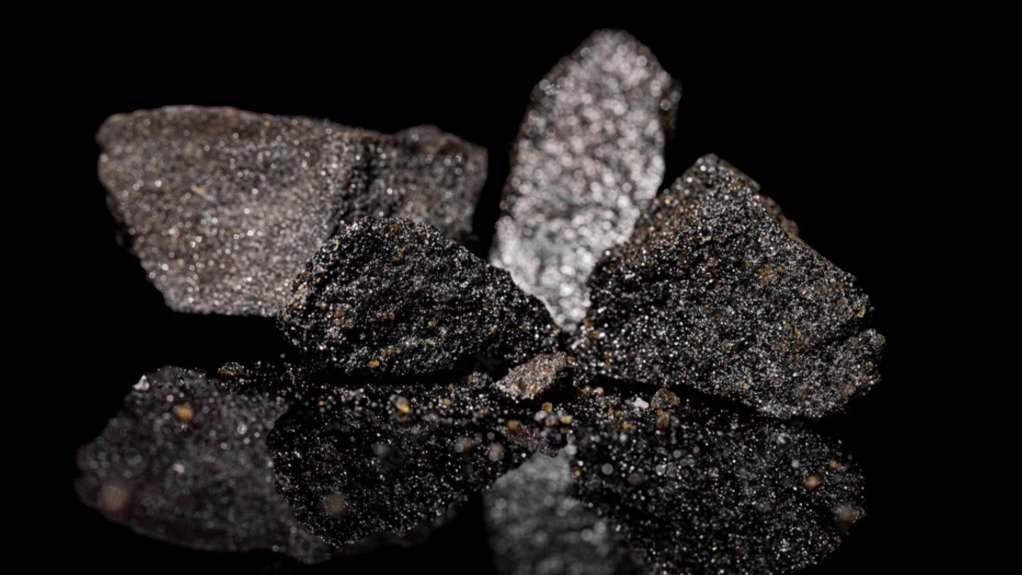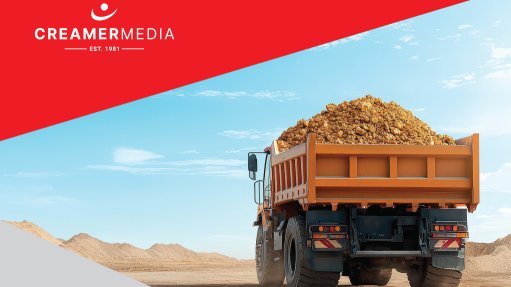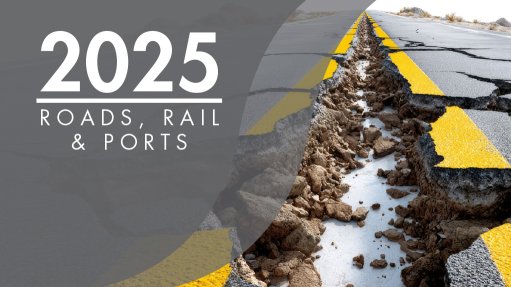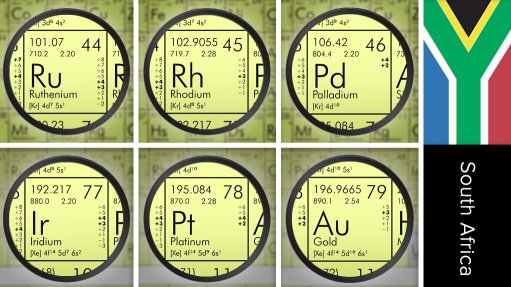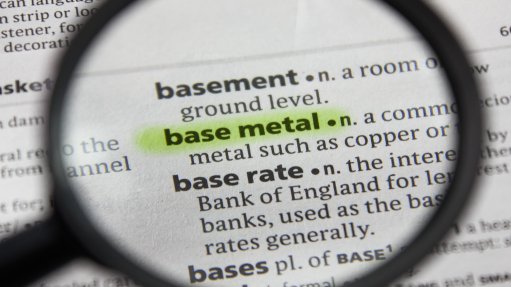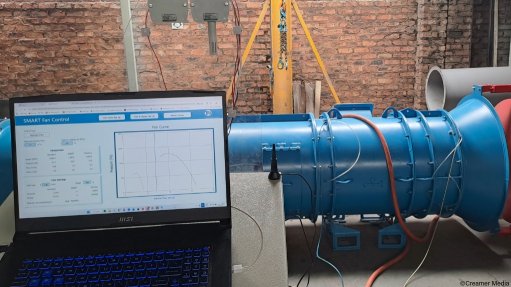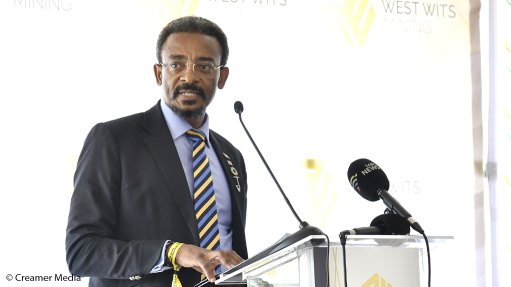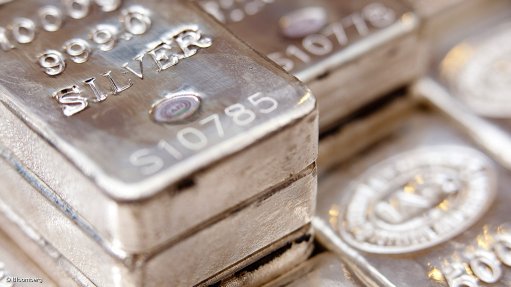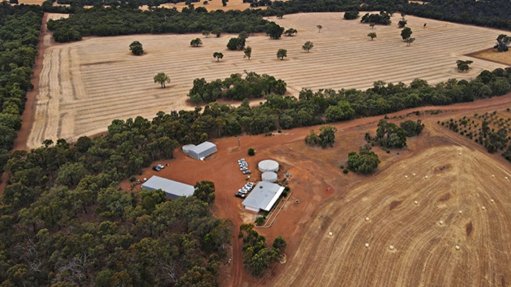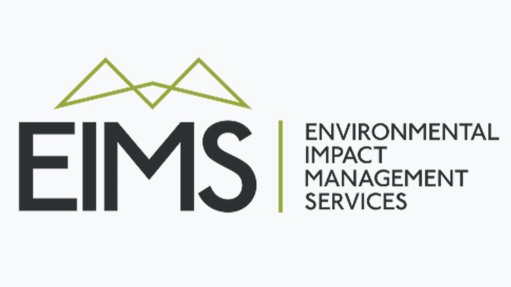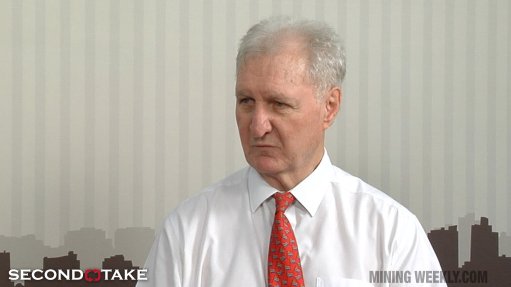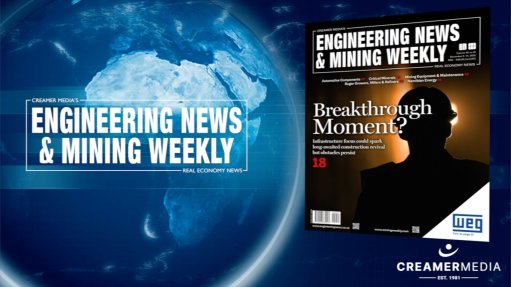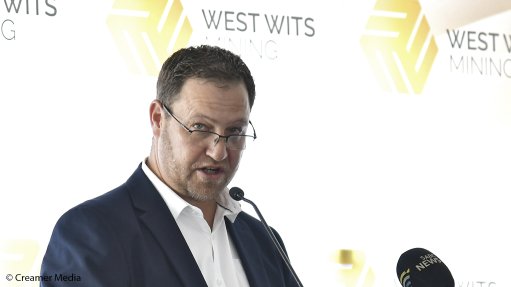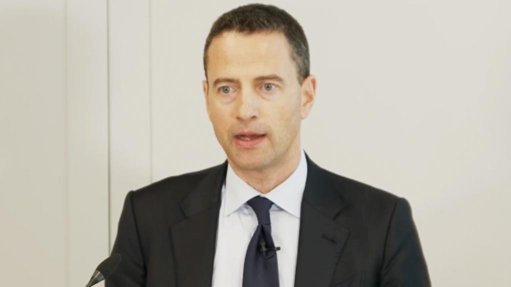China levels the playing field with its platinum VAT reform - Heraeus
China announced a major policy adjustment last week with the removal of its long-standing value-added tax (VAT) exemption on platinum imports, global technology group Heraeus Precious Metals states in its latest 'Heraeus Precious Appraisal'.
Since 2003, it notes, platinum imported by a single State-approved entity, the China Platinum Company (CPC), has been exempt from 13% VAT, but starting on November 1, the government will begin imposing VAT on all imports, effectively ending a two-decade framework and creating a single-tiered system for the local platinum market.
Heraeus explains that platinum trading in China is highly structured, with imports largely handled by the CPC before being channelled through the Shanghai Gold Exchange (SGE) as VAT-refundable metal.
Platinum imported for self-use or from a source other than the CPC is liable to VAT, which has created a two-tiered system.
Heraeus says the introduction of a harmonised tax system is expected to enhance local price discovery and formalise trade among participants, driving liquidity from “off book” and informal channels to formal exchanges.
However, the transition to fully realising these benefits is likely to take some time and may, in the short term, prompt some participants to continue, or even increase, informal market activity, it notes.
In the nearer term, Heraeus says volatility is expected as the market adjusts to the new tax system, noting that part of this was already evident last week as Shanghai platinum contracts spiked to a 13.7% – $216/oz – premium to loco London.
Trading volumes on the SGE also spiked to a more than four-month high with daily volumes having averaged 982 kg last week.
GOLD
In its appraisal, Heraeus notes that the gold price suffered its largest one-day percentage decline since 2013, falling by 6.8% from its record high of $4 382/oz on October 21.
This followed a blistering rally that had seen the price rise 66% this year and more than double in 18 months after it broke out to new highs in March 2024.
Retail demand for bars and coins has been strong in many regions. Heraeus explains that, now that Diwali has passed, the surge in Indian buying is likely to have eased.
Globally, gold exchange traded funds (ETFs) gained 723 000 oz in the week of October 13 to 17, with almost as much being added in just the first two days of last week, including 371 000 oz on October 21, as some investors’ enthusiasm remained undimmed even as the price fell.
Heraeus explains that the underlying reasons for investing in gold are intact and the rally could continue after a short correction if investors continue to add exposure.
However, as noted in the spotlight two weeks ago, it says precious metal prices had risen far above their long-term moving averages.
“Once again it will ultimately prove to be too far, too fast. It remains to be seen how far the price might fall and how long the correction may last,” says Heraeus.
If the origin of the rally is dated to the end of 2015, then most corrections have lasted for a few months, but the price traded sideways for almost four years after reaching its high in 2020 before breaking out to new highs, it says.
SILVER
Additionally, the appraisal notes that investors took heed of a severely overextended market.
Heraeus explains that silver fell 6% over the week, with most of the losses concentrated in a single session on October 21 when prices dropped by nearly 9%, or $4.50/oz.
With no single catalyst behind the event, Heraeus says it appears investors decided not to get too carried away with their optimism.
“Warning lights had been flashing for some weeks with prices trading well above their 200-day moving average”.
It notes that the 14-day average true range reached $1.90 during the October 21 sharp sell-off, likely triggering a wave of stop-loss orders, fuelling further profit-taking.
Despite the sell-off, evidence of dip-buying emerged with net ETF inflows of 13-million ounces last week.
Heraeus notes that market pressures eased as liquidity conditions improved.
“As Diwali came to an end last week and festive buying wound down, some of the heat was taken out the Indian market. On the other hand, liquidity in London continued to improve as metal flowed out of COMEX and Asian warehouses, easing short-term borrowing rates and spot premiums.”
The appraisal notes that backwardation of the forward curve continued to moderate, with the nearest contract narrowing to -0.7% to spot by the end of the week.
The short squeeze was further eased by eight-million ounces exiting COMEX warehouses, bringing the total to 33-million ounces this month, following an extensive period of inflows.
Similarly, silver has been exiting the Shanghai Futures Exchange at a record pace, with 1 495 t of outflows last week, and the largest single day outflow on record observed on Wednesday at 338 t.
With the US government shutdown ongoing, Heraeus says the Section 232 review is yet to be concluded which may reverse some of the recent improvements in liquidity conditions.
PLATINUM
Additionally, Heraeus says platinum gets swept up in the broader sell-off and a major tax reform in China, noting that prices fell by nearly 6% early in the week to a one-month low before recovering some ground as dip-buyers stepped in.
The appraisal explains that markets also turned their attention to China’s upcoming VAT reform, which will impose 13% VAT on platinum imports from November 1.
Heraeus says the move is likely to trigger a short-term surge in China’s imports as buyers front-run the change ahead of the implementation deadline.
It notes that gold and platinum mining company Sibanye-Stillwater’s newly enhanced agreement with the Glencore-Merafe joint venture is expected to accelerate the development of its chrome projects, enabling the company to deliver contracted chrome volumes sooner and begin realising higher chrome revenue from the new arrangements earlier than initially anticipated.
This increase in chrome volumes is also likely to come with incremental gains in PGM output through higher material throughput at its chrome recovery plants, says Heraeus.
However, it says any uplift in platinum group metal (PGM) production is likely to be modest given the relatively low PGM grades in the chrome tailings feed.
“Surface chrome projects are low capital and can be ramped up quickly. That said, timings and volumes remain unclear for now”.
PALLADIUM
Heraeus notes that palladium’s recent rally was not immune to last week’s shift in sentiment.
“The metal had been a latecomer to the broader precious metals run, struggling for much of the year to break convincingly above key resistance levels and remaining largely range-bound,” it says, noting, however, that palladium staged a sharp breakout from its consolidation phase to reach $1 562/oz on October 16, the highest level since May 2023.
The move was largely driven by a catch-up trade, as investors sought relative value outside the already overstretched gold, platinum and silver markets.
Despite last week’s pullback, Heraeus says the palladium price has still delivered impressive year-to-date gains of around 56% – a sharp reversal from 2024, when the metal lost 19% over the year.
Heraeus notes that Russian mining giant Nornickel’s palladium output fell on mining equipment transition.
It explains that total palladium production reached 617 000 oz for the quarter and 2.02-million ounces for the first nine months of the year, marking a 6% year-on-year decline. The company maintained its production guidance for 2025 at 2.68-million and to 2.73-million ounces of palladium.
Additionally, the automotive sector faces a renewed chip shortage.
The appraisal points out that the disruption stems from Beijing’s decision to block Dutch chipmaker Nexperia – a wholly owned subsidiary of Chinese company Wingtech – from exporting chips produced at its Chinese facilities, following the Dutch government’s takeover of the company.
Heraeus explains that Germany’s VDA automotive lobby group has warned that the situation could lead to significant production curbs or even temporary shutdowns. European, US and Japanese automakers are bracing for potential supply disruptions, though some solutions have already been found.
It points out that VW’s German plants announced that their production is secure for the week ahead. Valeo has already announced that it has found and validated chips from other manufacturers to replace those currently sourced from Nexperia.
“If production schedules cannot be maintained, manufacturers are likely to prioritise higher-margin vehicle models over production volume. This shift would translate into lower autocatalyst PGM demand than previously forecast, as fewer total vehicles are produced even if profitability is preserved,” says Heraeus.
RHODIUM, RUTHENIUM, IRIDIUM
Additionally, Heraeus says Toshiba sends a strong signal to the market with advancement of conventional drives.
It notes that the company is set to launch its 12-platter, 40 TB microwave-assisted magnetic recording drive in 2027, reaffirming its commitment to a dual strategy that supports both conventional ruthenium-containing drives and next-generation heat-assisted magnetic recording (HAMR) technology.
While there is widespread speculation that HAMR will displace conventional disk drives soon – and, by extension, reduce ruthenium demand – Heraeus says the transition is proving to be far from immediate.
It says major drive manufacturers continue to invest heavily in both technologies, maintaining production of conventional drives to meet near-term demand for high-density, cost-effective storage, while gradually building out capacity for HAMR’s longer-term deployment.
Heraeus explains that proton exchange membrane (PEM) electrolyser costs are coming down fast.
It notes that PEM electrolyser producer ITM Power has unveiled a new 50 MW PEM electrolyser that is expected to be more cost-competitive than comparable European systems built with Chinese alkaline electrolysers.
Heraeus notes that, historically, high costs have constrained PEM adoption, but costs are now falling rapidly, driven by both European and Chinese companies.
It explains that China has set a target to reduce PEM electrolyser costs to $330/kW.
“Given the speed and scale at which cost reductions have been achieved in alkaline systems, reaching this target seems well within reach. Wider adoption of PEM systems should follow, supporting increased demand for iridium and ruthenium,” says Heraeus.
Ruthenium and iridium prices held steady last week, while rhodium dropped by $150/oz.
Article Enquiry
Email Article
Save Article
Feedback
To advertise email advertising@creamermedia.co.za or click here
Press Office
Announcements
What's On
Subscribe to improve your user experience...
Option 1 (equivalent of R125 a month):
Receive a weekly copy of Creamer Media's Engineering News & Mining Weekly magazine
(print copy for those in South Africa and e-magazine for those outside of South Africa)
Receive daily email newsletters
Access to full search results
Access archive of magazine back copies
Access to Projects in Progress
Access to ONE Research Report of your choice in PDF format
Option 2 (equivalent of R375 a month):
All benefits from Option 1
PLUS
Access to Creamer Media's Research Channel Africa for ALL Research Reports, in PDF format, on various industrial and mining sectors
including Electricity; Water; Energy Transition; Hydrogen; Roads, Rail and Ports; Coal; Gold; Platinum; Battery Metals; etc.
Already a subscriber?
Forgotten your password?
Receive weekly copy of Creamer Media's Engineering News & Mining Weekly magazine (print copy for those in South Africa and e-magazine for those outside of South Africa)
➕
Recieve daily email newsletters
➕
Access to full search results
➕
Access archive of magazine back copies
➕
Access to Projects in Progress
➕
Access to ONE Research Report of your choice in PDF format
RESEARCH CHANNEL AFRICA
R4500 (equivalent of R375 a month)
SUBSCRIBEAll benefits from Option 1
➕
Access to Creamer Media's Research Channel Africa for ALL Research Reports on various industrial and mining sectors, in PDF format, including on:
Electricity
➕
Water
➕
Energy Transition
➕
Hydrogen
➕
Roads, Rail and Ports
➕
Coal
➕
Gold
➕
Platinum
➕
Battery Metals
➕
etc.
Receive all benefits from Option 1 or Option 2 delivered to numerous people at your company
➕
Multiple User names and Passwords for simultaneous log-ins
➕
Intranet integration access to all in your organisation



